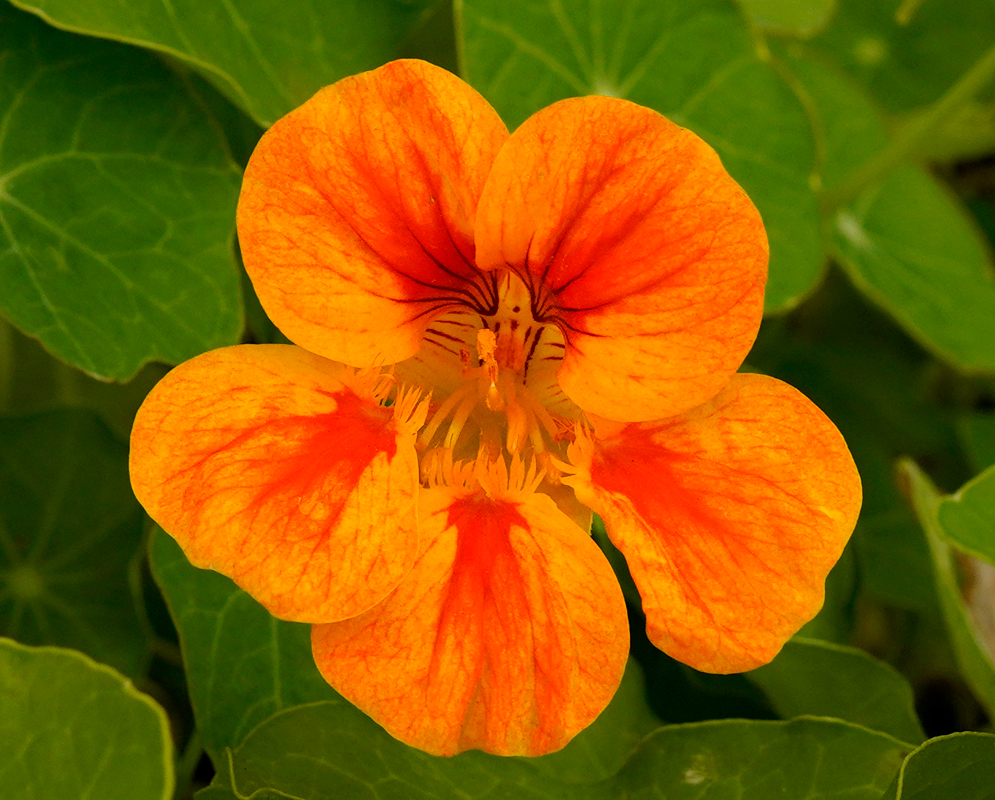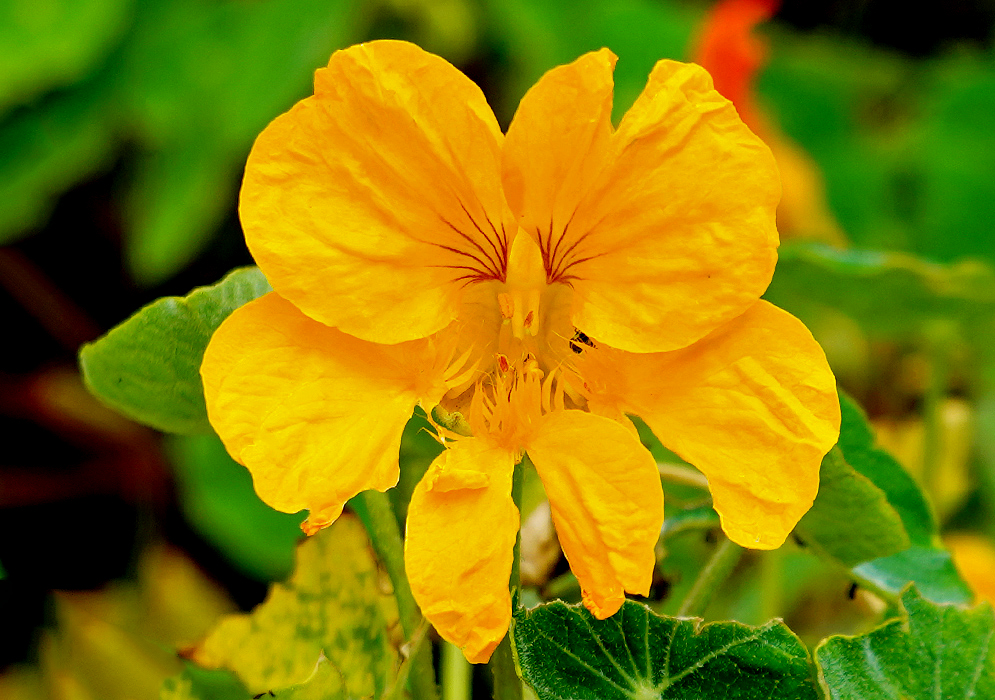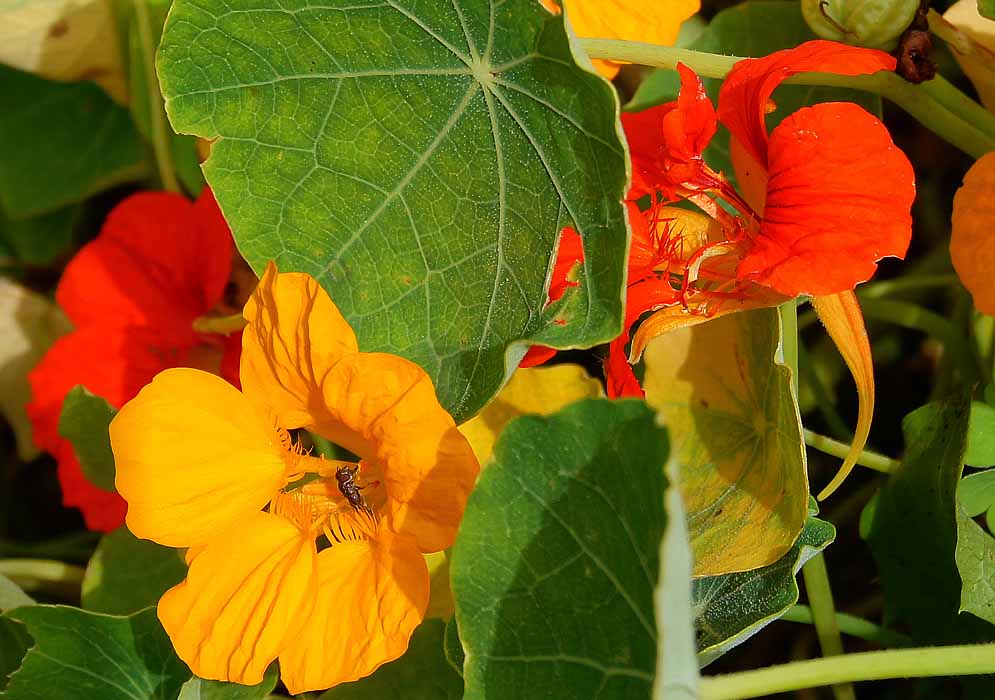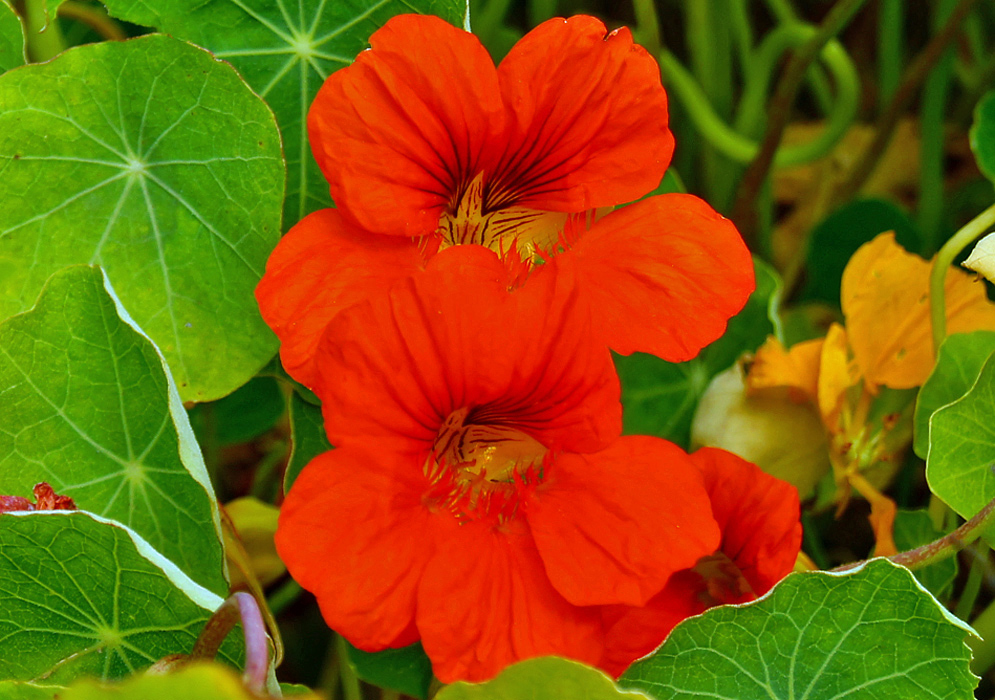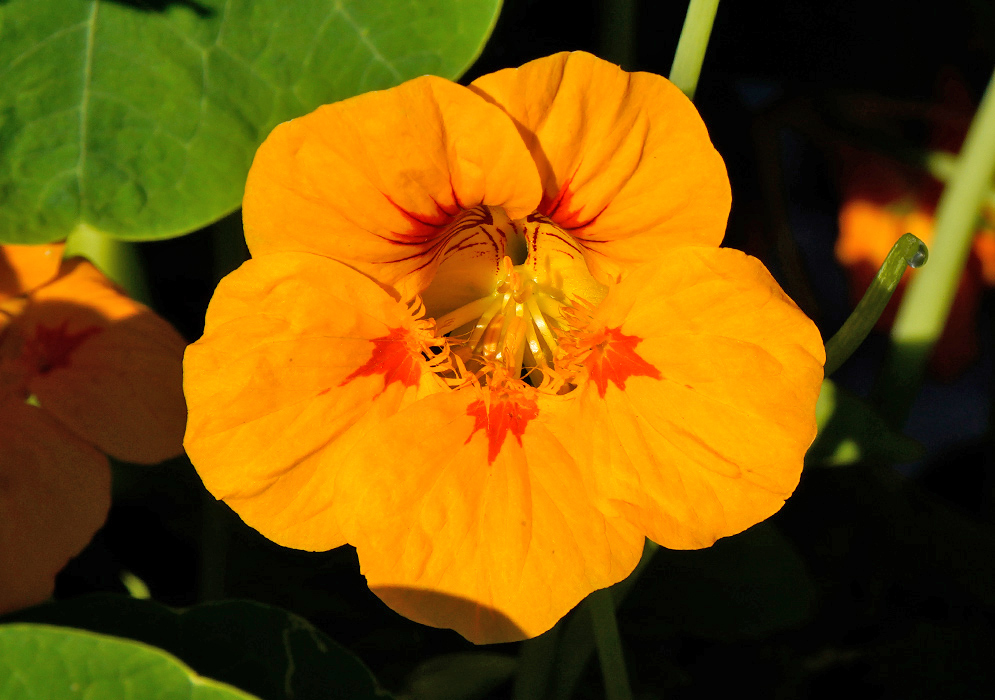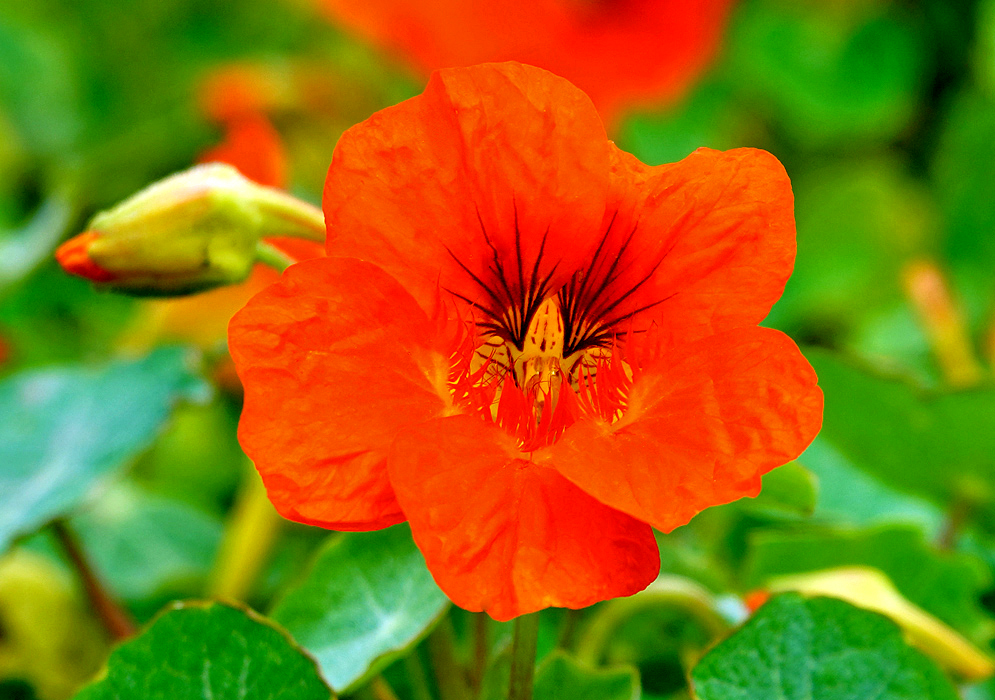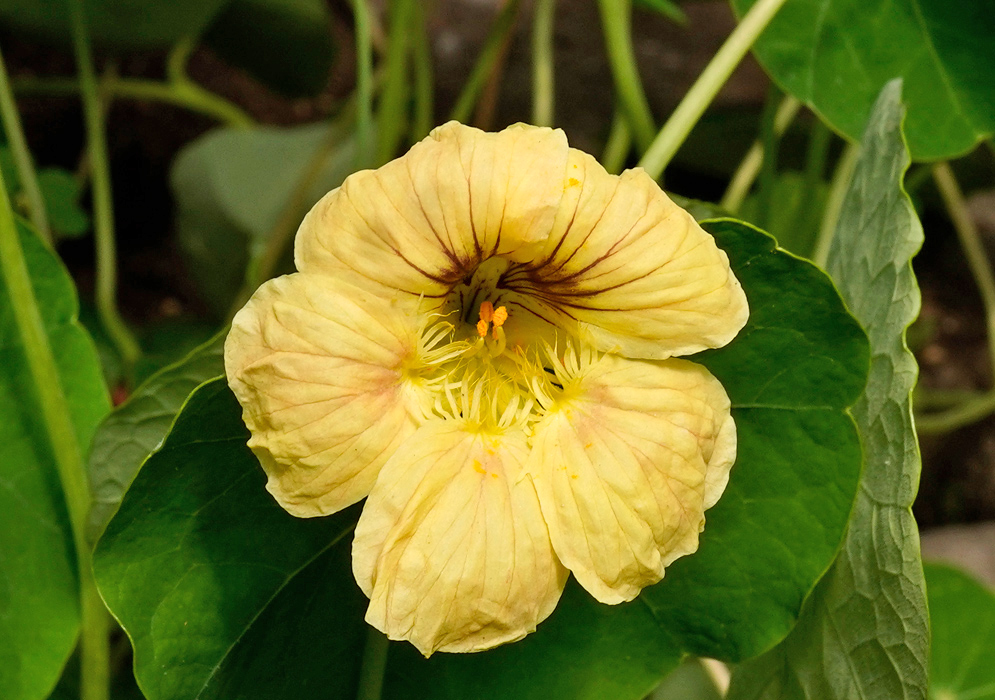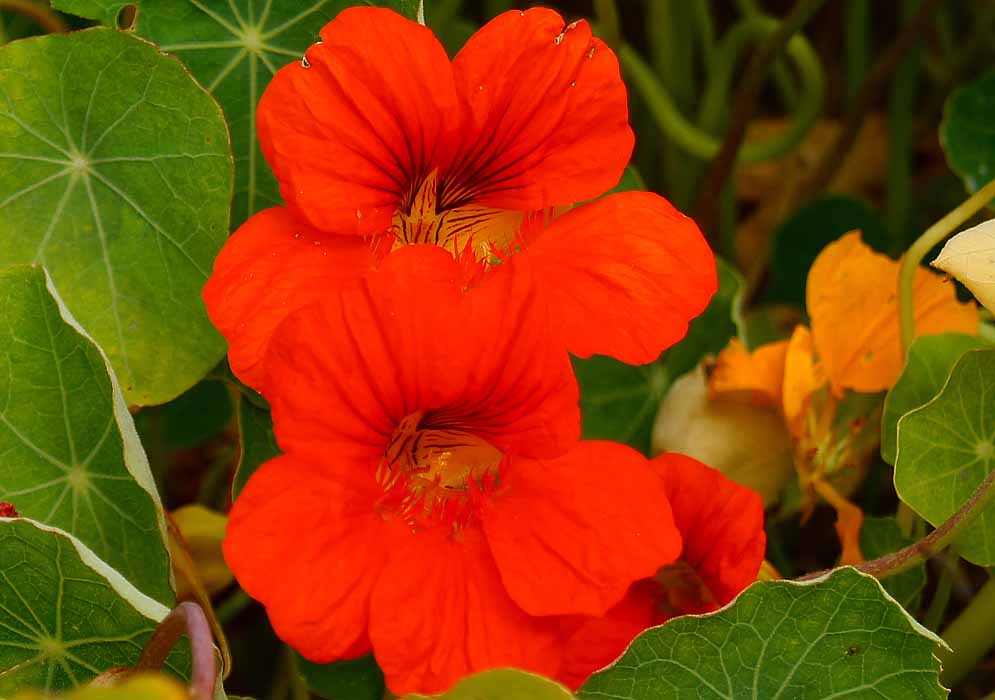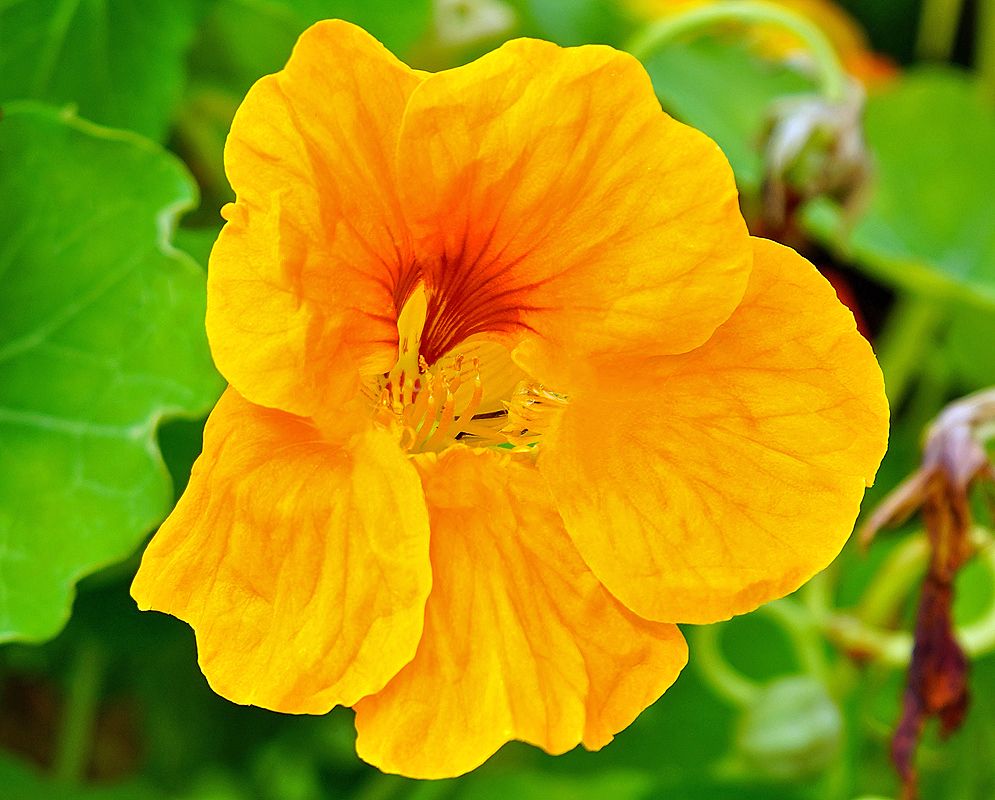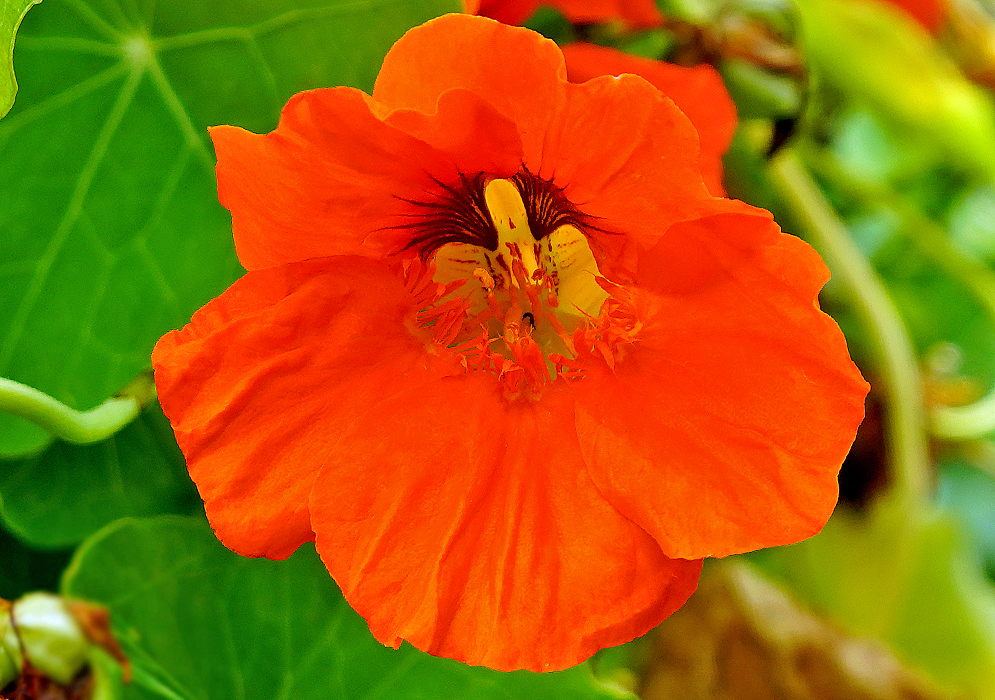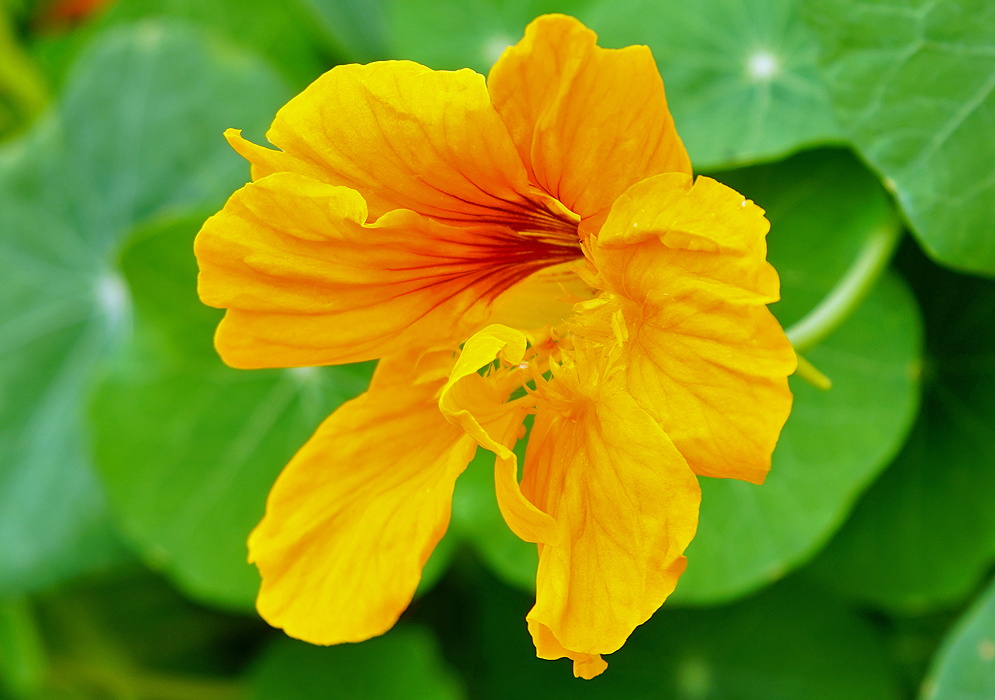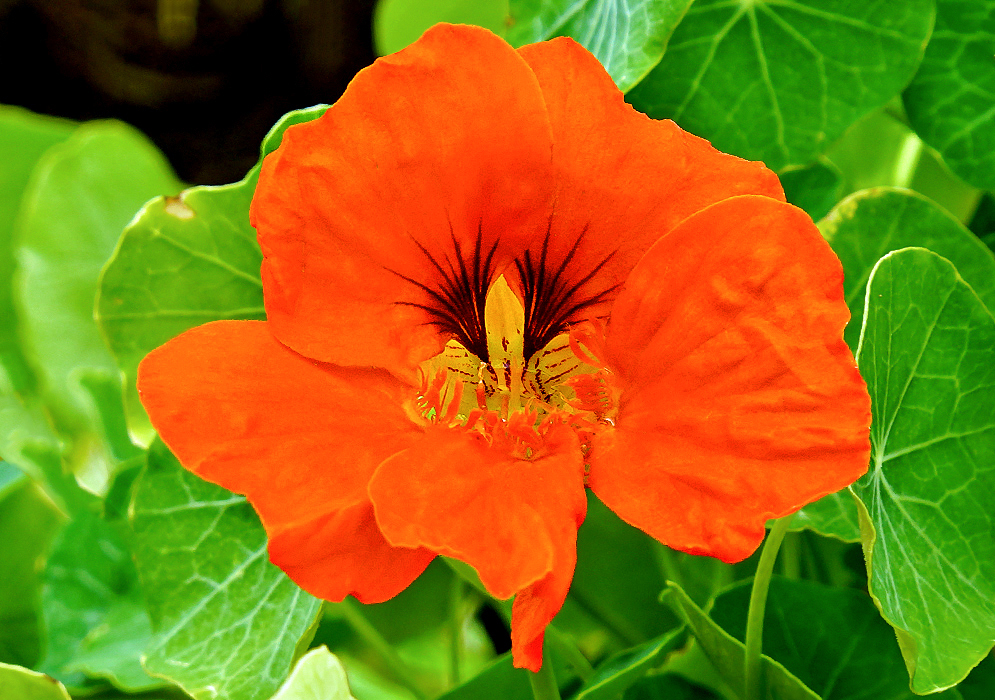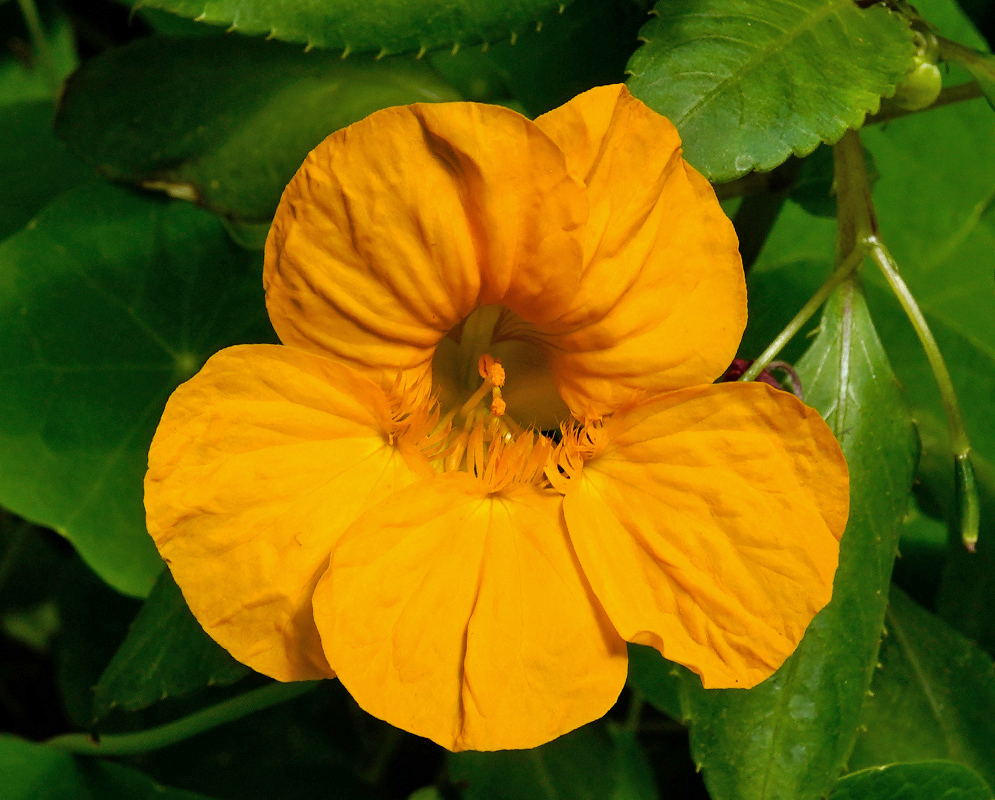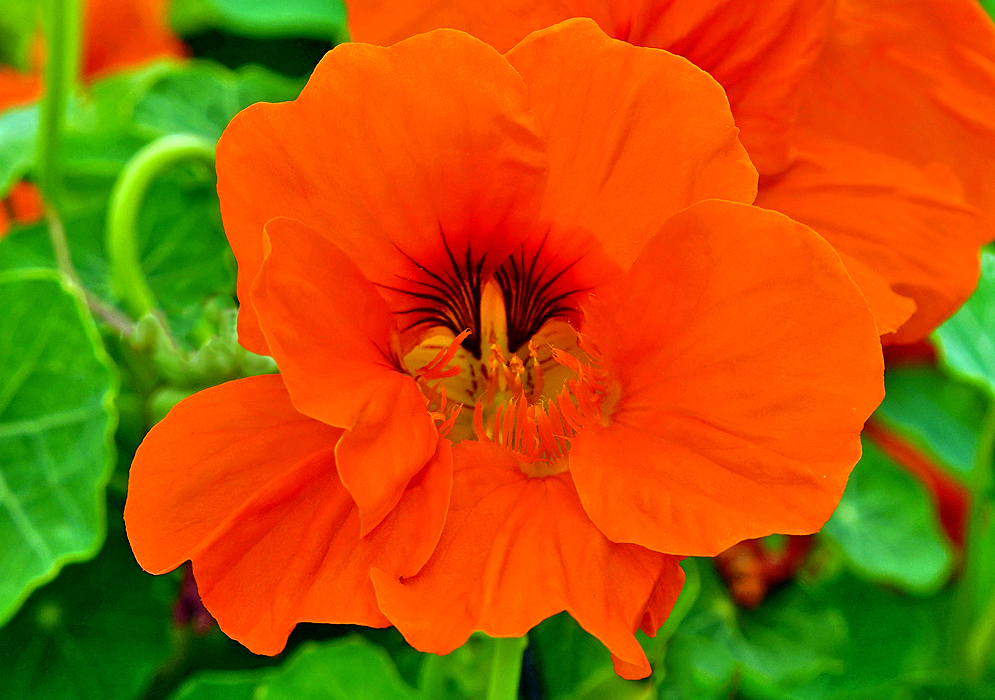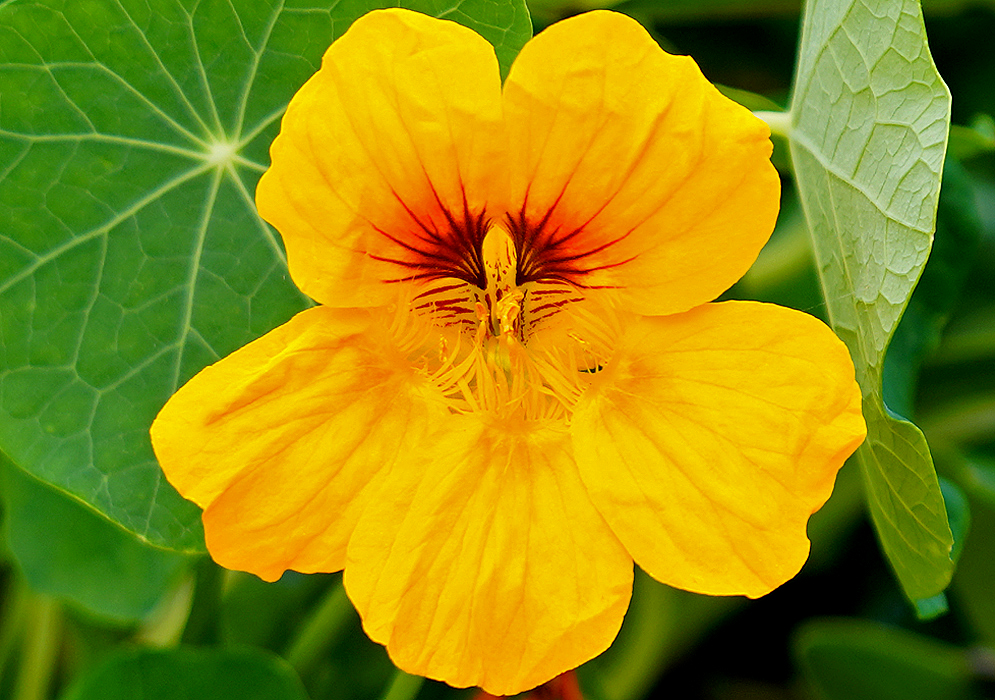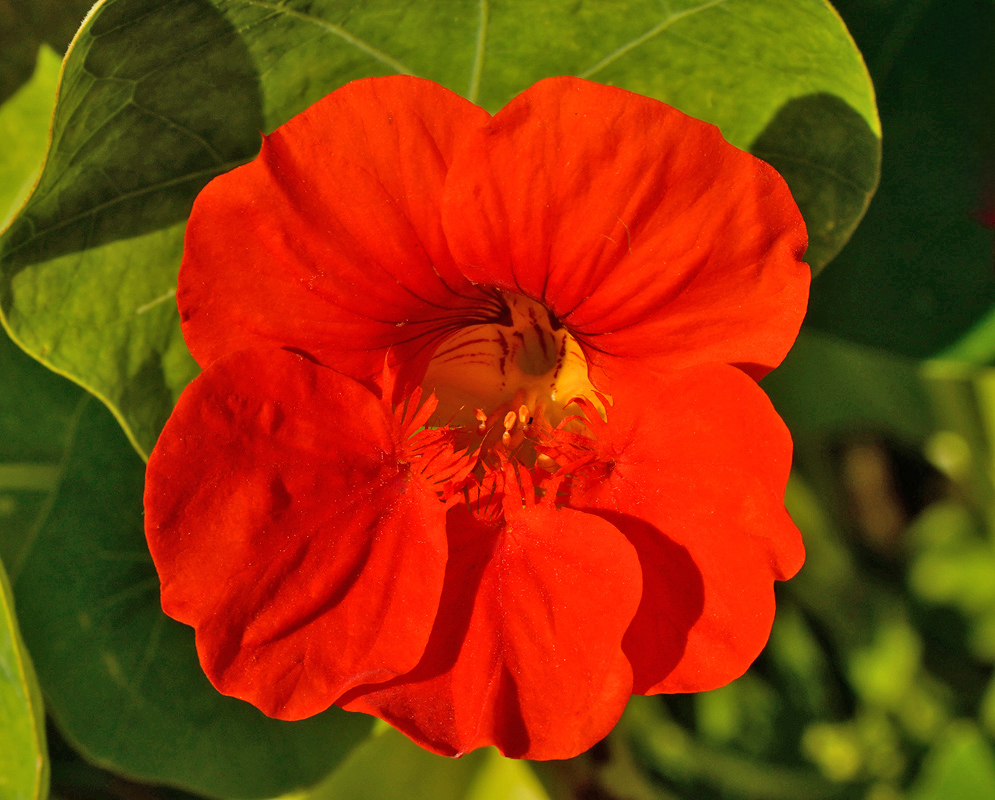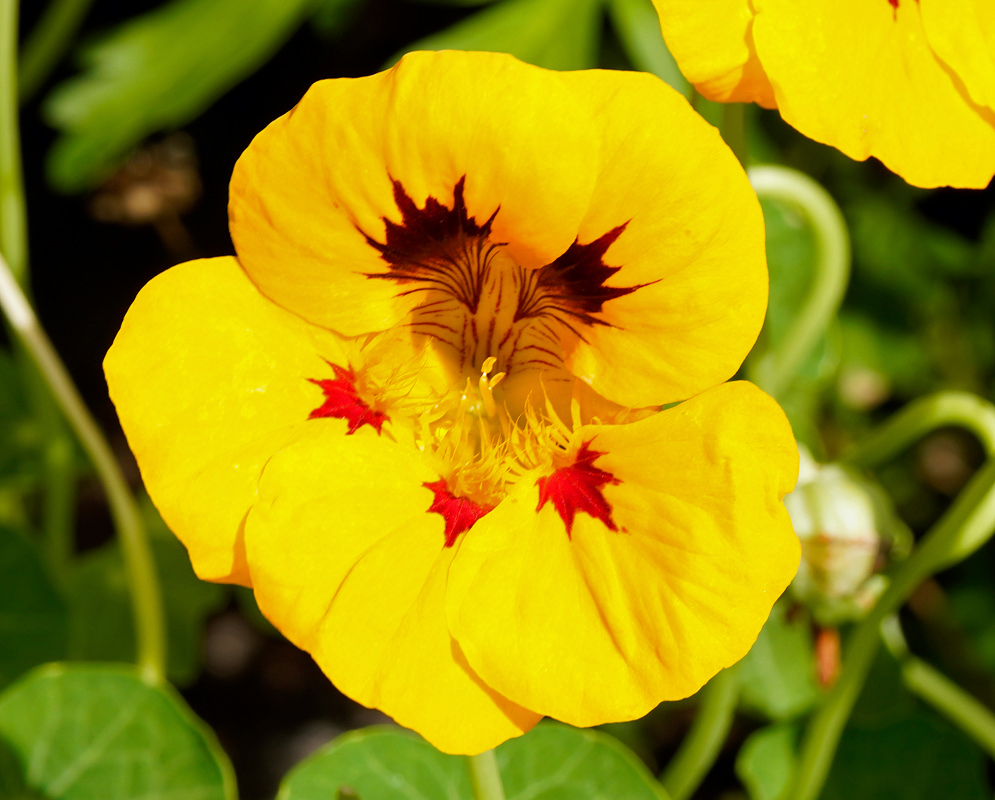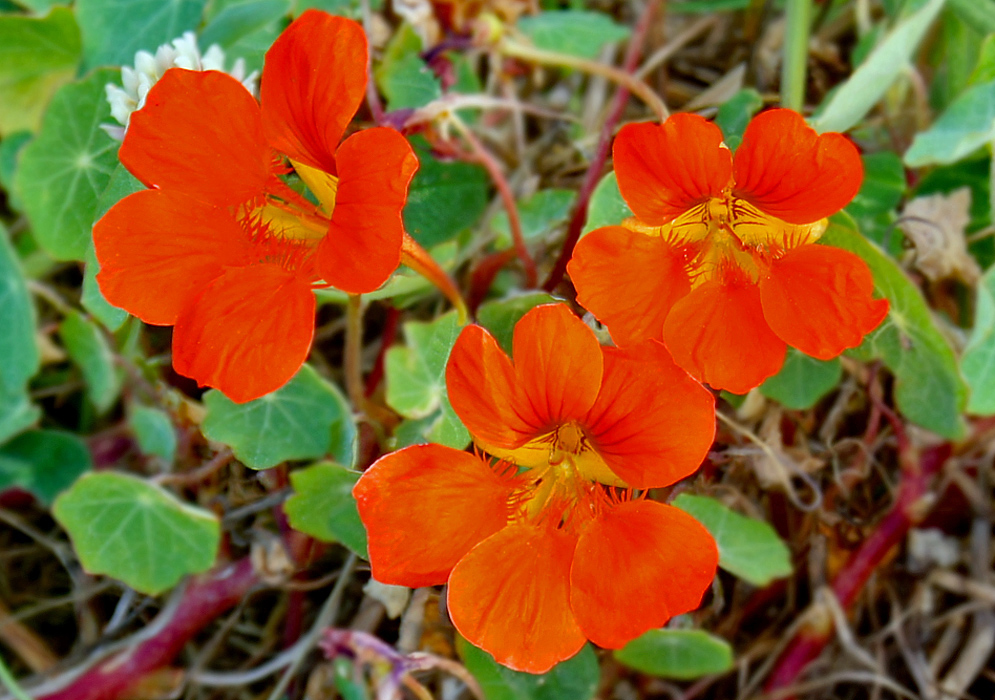This post has 11 Simple Fields-fields attached. Show fields.

Native to Peru and Bolivia it's one of the more powerful antibacterial plants known, its widespread adoption has been limited possibly due to the necessity of using it fresh for maximum efficacy. It can be made into a compress for external use or an infusion for internal infections. Medicinally, all parts of the plant have strong antibiotic and antimicrobial properties. It is often used to treat urinary tract infections, respiratory ailments, and various external and internal bacterial infections. Moreover, the dried ripe buds have a strong laxative effect without damaging the intestinal flora, and the plant is a rich source of vitamin C, enhancing immune system function and aiding in the prevention of common colds and influenza. Folk medicine also recognizes it for promoting the formation of red blood cells and as a remedy against scurvy. Externally, it has been applied as a remedy for hair loss, fungal infections, including yeast infections, and muscular pain. In the culinary world, the leaves, flowers, buds, and nectar spurs of Common Nasturtium are edible and can be eaten raw, contributing a crisp, peppery flavor to salads, sandwiches, and as garnishes. Its chopped leaves can be added to cream cheeses and egg dishes, while the fruits and ground seeds serve as a substitute for horseradish and pepper, respectively. The plant boasts a variety of bioactive compounds including glucosinolates, mustard oil, spilanthol, flavonoids, carotenoids, oxalic acid, and an excellent dietary source of lutein. Common Nasturtium has a rich array of cultivars. Photographed in Colombia.
